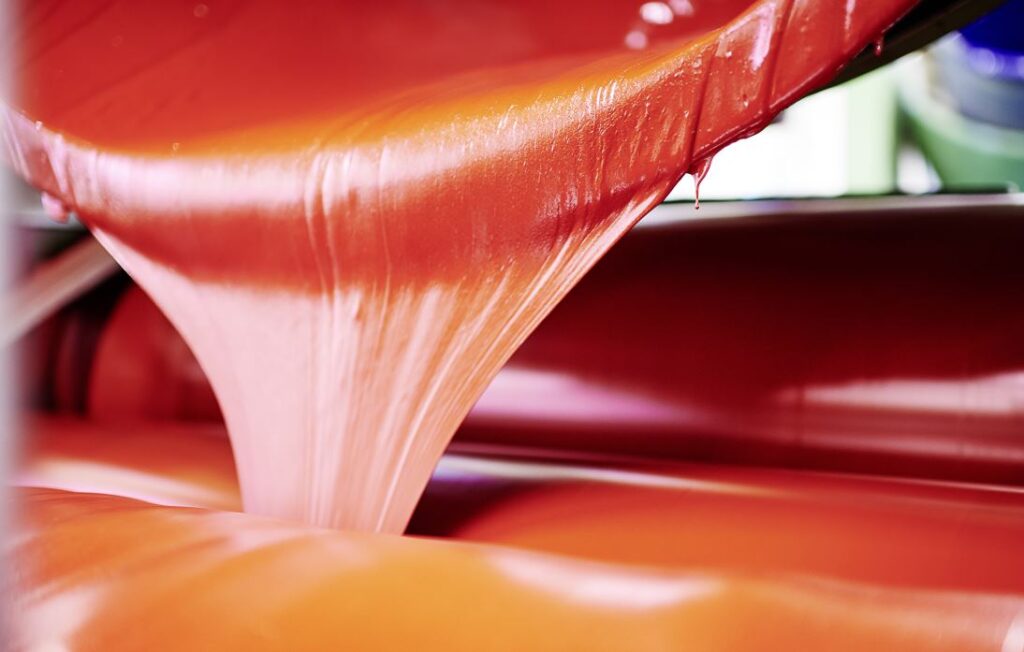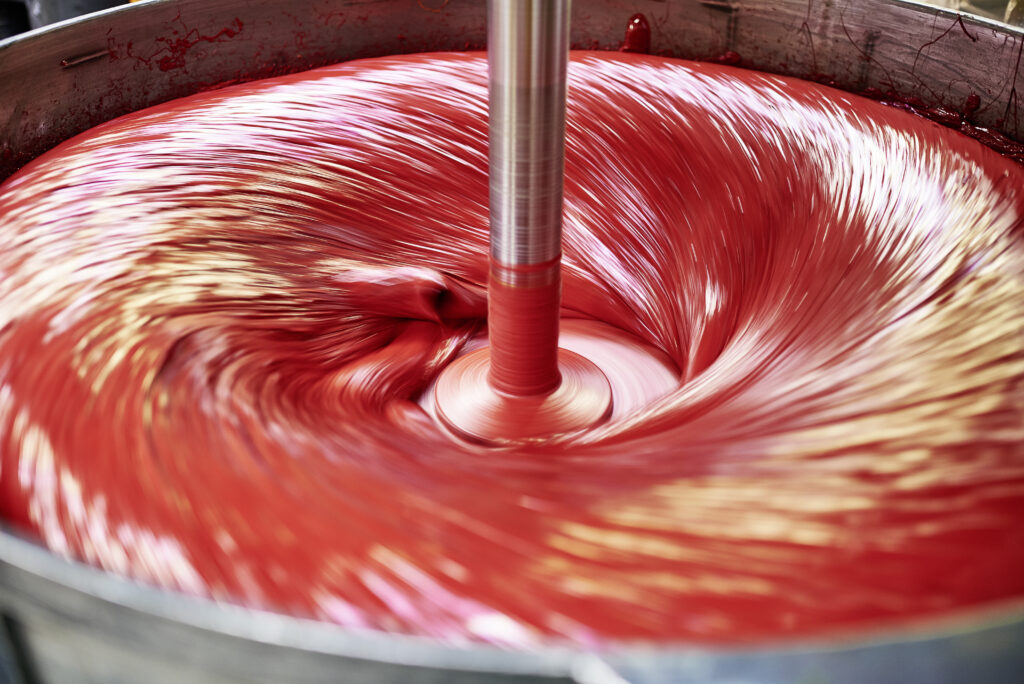Printed plastic moldings such as yoghurt pots, tubes, buckets, etc. are a ubiquitous and indispensable part of our daily lives. The printing ink plays an important role in this. The development of high-quality printing ink systems for the printing of plastic moldings is a specialty of Zeller+Gmelin. We have been the global market leader in the field of direct printing on molded parts for decades. We offer a wide range of printing ink systems for this purpose. Our UVAROLID ink series set the market standard for UV direct-to-garment printing in the FCM and non-food sectors. With their modern formulations, they meet all NESTLE and SWISS LIST; EUPIA and GMP requirements and are suitable for printing on all types of plastic moldings.
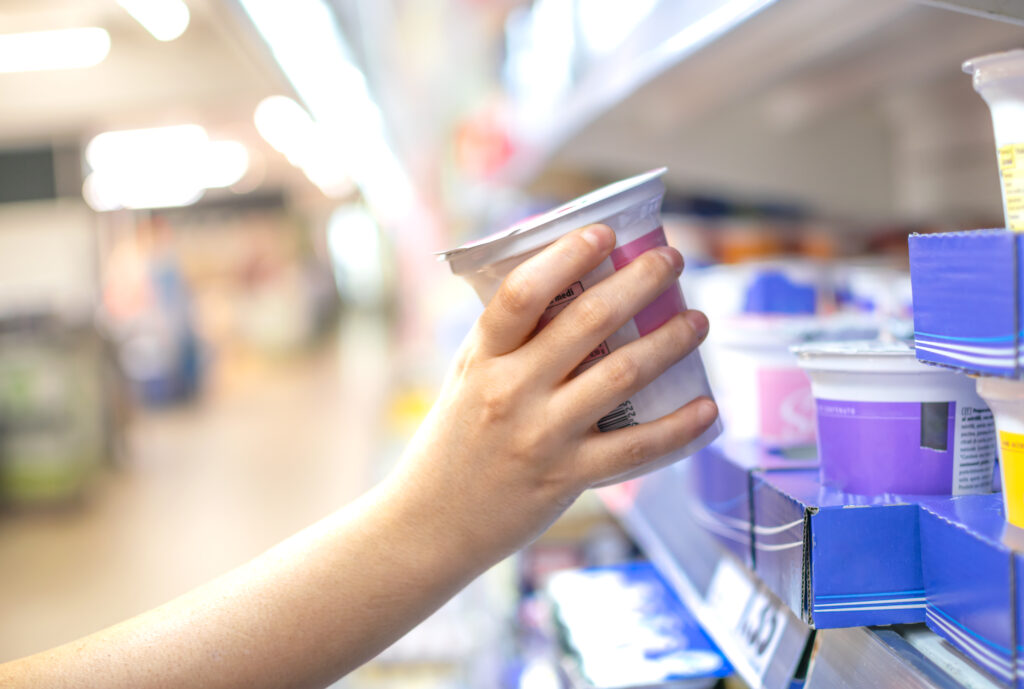
In form body printing, also known as dry offset, all the inks from the letterpress plates are deposited one after the other wet-on-wet onto a common rubber blanket on the large central cylinder. The complete print image is then transferred from the blanket to the forme body and only then is the ink cured. Because of the transfer by means of a rubber blanket, this is also referred to as indirect letterpress printing, also known colloquially as "dry offset". The blanket is necessary because the print image is transferred from a cylinder to a conical cup. As the radius of the cup is smaller at the bottom than at the edge, the print image is distorted at the top and bottom. The blanket compensates for the differences in speed at the bottom and top.
at the edge. Not only printers, but also brand owners, packaging designers and repro agencies need to be aware of these special features of form printing (wet-on-wet printing and distortion of the printed image). By taking into account the possibilities and limitations of this printing process when designing packaging, impressive results can be achieved at competitive unit costs.
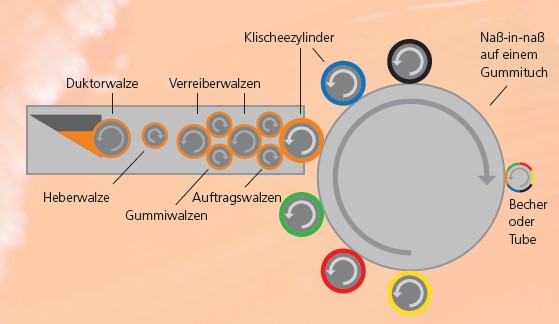
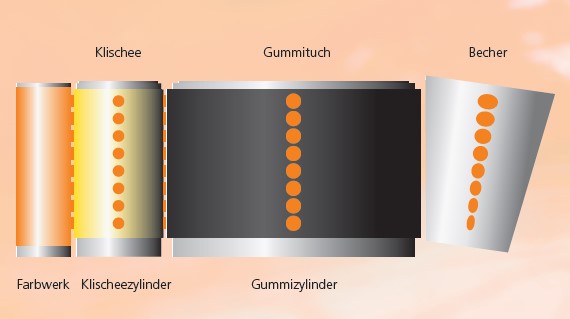
Applications
- Plastic cup
- Plastic tubes
- Tablet tube
- Painted + unpainted buckets
- Plastic bottle caps
- Plastic lid
Information material
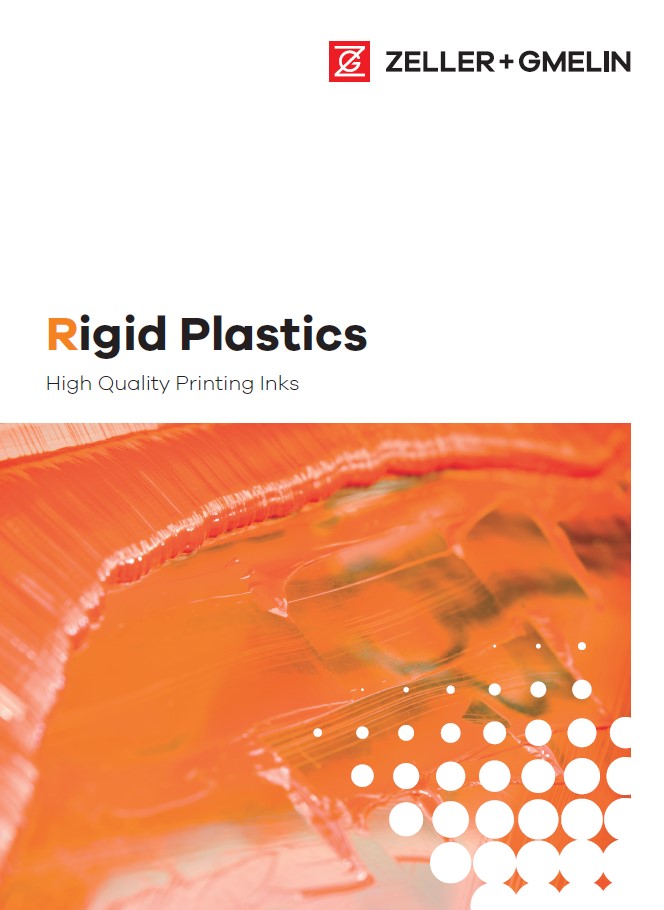
Our brochure in digital form.
